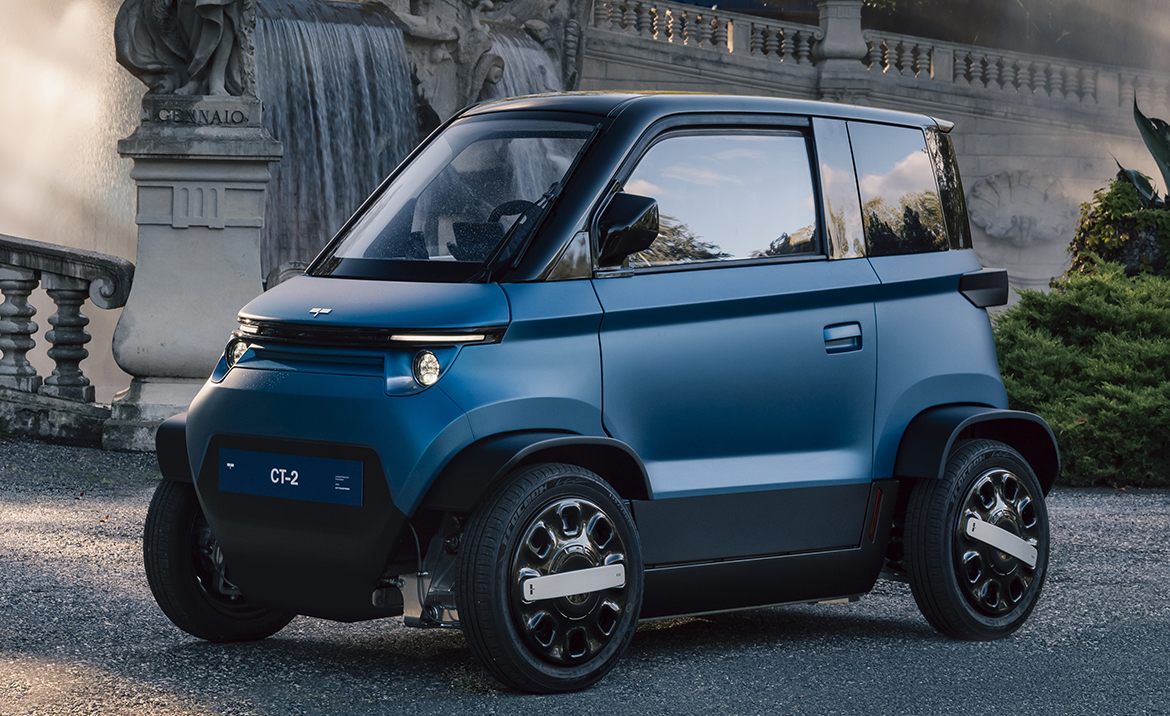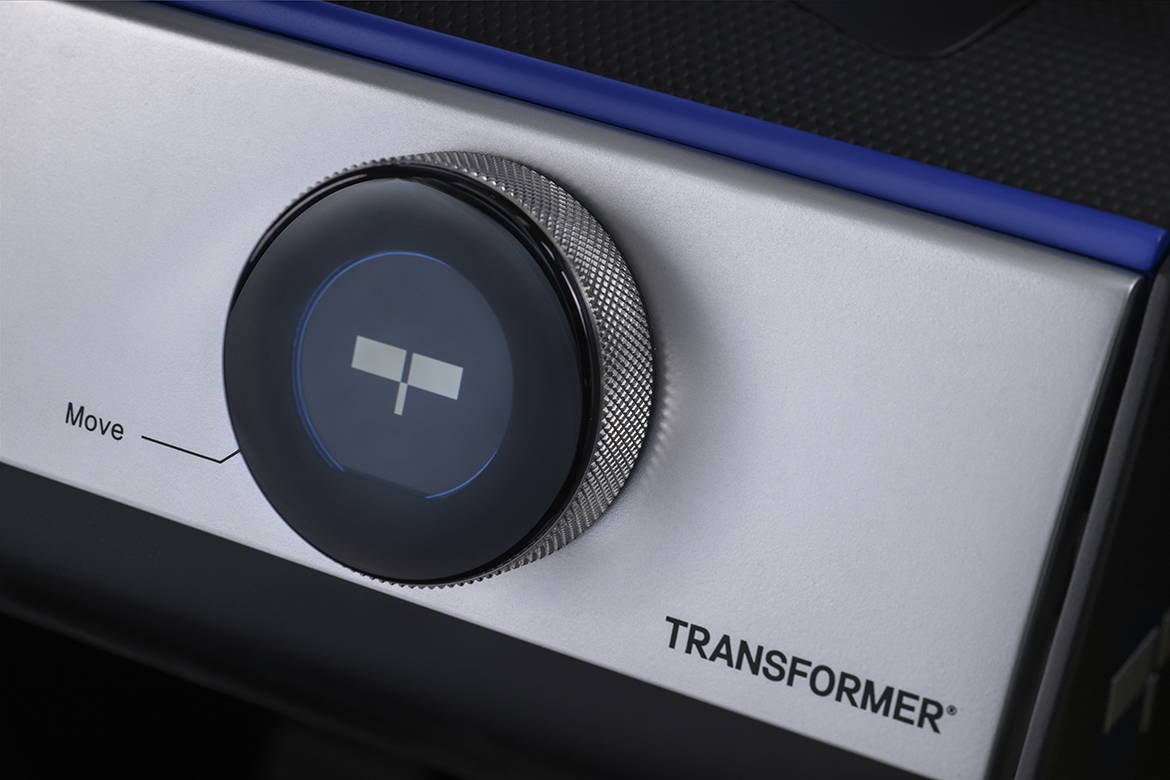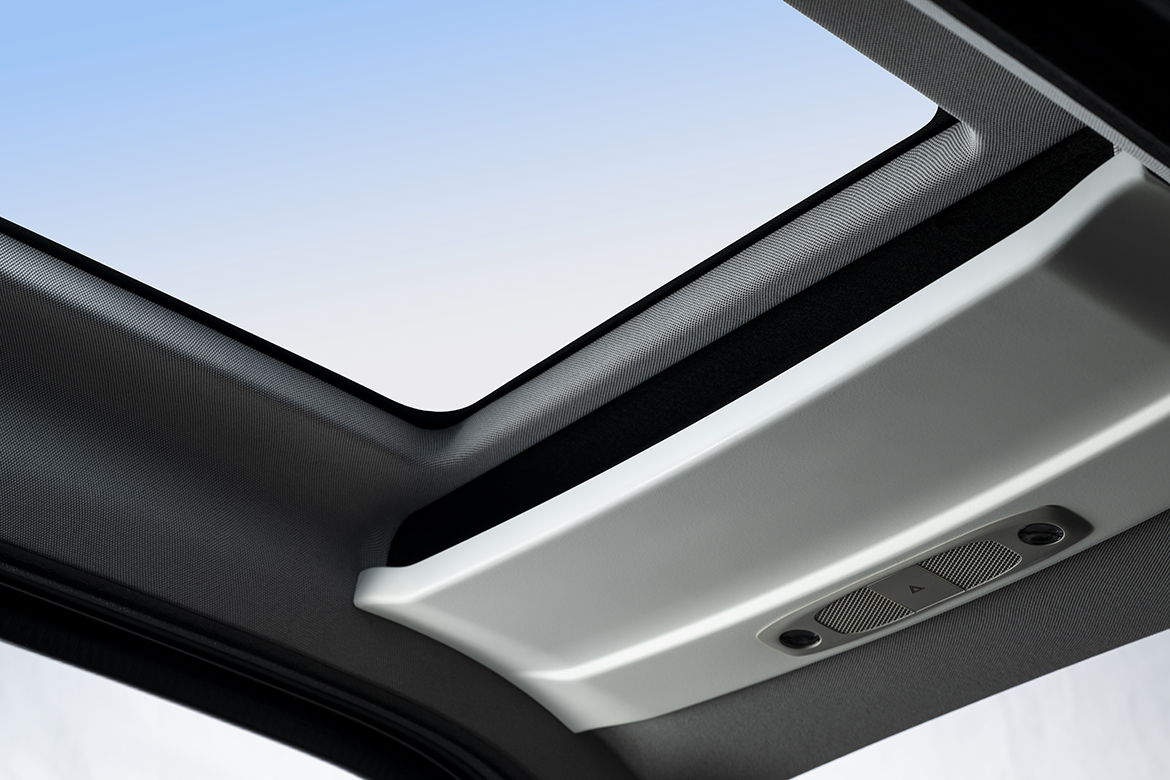The most curious feature of the City Transformer CT-2 is the variable track chassis that vary the width from 1 to 1.4 meters. The vehicle created by the Israeli startup with the collaboration of some companies, including the Turin-based Cecomp (already active in the Microlino project) has actually several other arrows in its bow. Fully electric two-seater, the CT-2 shows great attention to design and finish. Presented in Turin on September 13, the same date of opening day of the Turin Auto Show, it could be produced in Piedmont starting from the end of 2026. The company has started a dialogue with the institutions and potential investors.
Approximately 2.5 meters long, with a height of approximately 1.6 meters, CT-2 it is the evolution of the CT-1 model, presented in 2021 at the IAA Mobility in Munich and awarded in 2023 with the gold medal of the German Design Council. Interior is characterized by automotive controls, a hexagonal steering wheel and a digital instrument display. The doors of the CT-2 are traditional, with a descending window section, even if the company intends to offer two versions of the vehicle, one of which with vertically opening doors seen on the CT-1 prototype, even more practical when parking in narrow spaces. In addition, a Cargo variant is also planned.
Eyal Kremer, Chief Design Officer with experience at Skoda and Volvo, describes the design concept of the model as follows: “The design of the CT-2 is the result of extensive research and feedback from the CT1. In line with our new design strategy, we aimed to create a product that is both more mature and robust, aligning with our goal of establishing ourselves as a premium brand in the micromobility sector. CT-2 features a clean design, centered around a single shoulder line that runs seamlessly around the entire car, with this line echoed in the interior to create a cohesive and unified look. Inside, we minimized the number of interfaces to enhance simplicity, while focusing on unique CMF (color, material, finish) experiences and tactile experiences at key touchpoints. Our goal was to use materials as thoughtfully as possible to create an intuitive and premium feel”.













